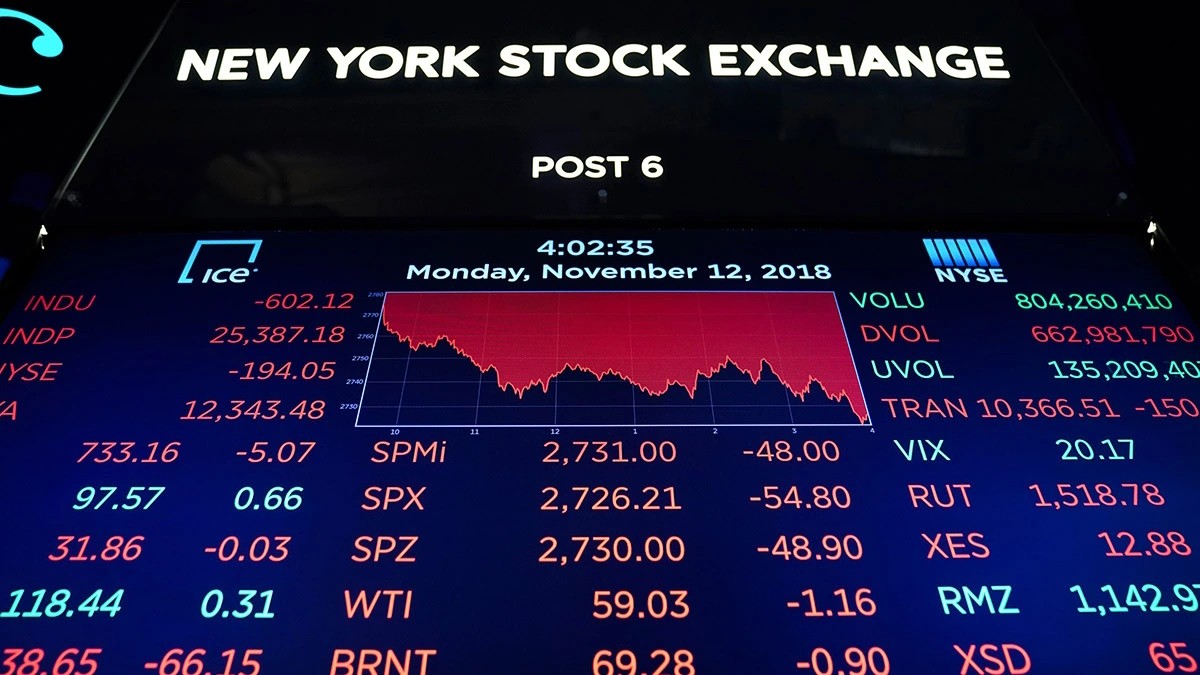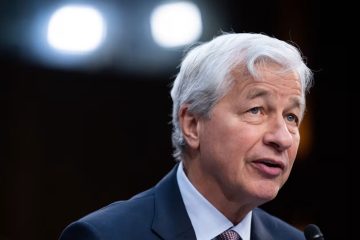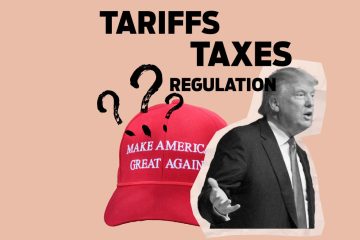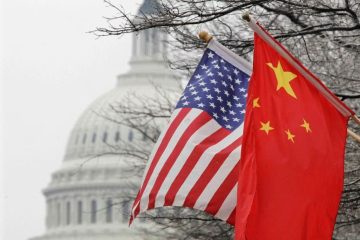Will Markets force Fed for interest rate cuts?

Market turbulence disrupts the Federal Reserve’s calculations on interest rate cuts. Monday’s market decline raises concerns about the possibility of a recession and a potentially severe financial-market incident. However, for Federal Reserve officials who set the stage last week to reduce rates by a quarter-percentage point at their upcoming meeting, it would probably require a more significant decline in the outlook over the next few weeks to prompt a more substantial reaction.
The next meeting of Fed officials is scheduled for September 17-18. There, they could discuss whether to start their highly anticipated series of rate cuts with a larger reduction of half a percentage point, or 50 basis points, if last month’s disappointing employment report suggests a concerning new trend.
However, it would be quite uncommon to lower policy rates before the scheduled policy meetings. Such actions are typically only taken in response to significant disruptions in market operations that extend far beyond a temporary decline in stock prices.
“They set a very high standard for that,” commented Steven Blitz, the chief U.S. economist at GlobalData TS Lombard. “I believe their preference is to express the possibility of a 50 basis point increase in September if the current trends persist.”
During a recent news conference, Fed Chair Jerome Powell indicated that officials were likely to reduce rates by a quarter-percentage point in the upcoming month. That was prior to the release of the latest report from the Labor Department, which revealed a slowdown in U.S. hiring and a higher-than-anticipated increase in the unemployment rate for July. This unexpected data has led to increased speculation about the possibility of a larger-than-expected interest rate cut.
On Monday, there was a rush to exit popular investment strategies that had utilized low-cost Japanese yen to purchase stocks, which further intensified the market downturn in Asia. That caused concern among some investors who were speculating about the possibility of the Fed making cuts outside of its regular policy meetings. The unwinding of those carry trades started last month but accelerated after the Bank of Japan increased interest rates last week.
However, the Federal Reserve will exercise caution in its response to short-term fluctuations, as it aims to avoid hasty decisions based on temporary market conditions or speculative positioning, according to Matthew Luzzetti, the chief U.S. economist at Deutsche Bank.
According to San Francisco Fed President Mary Daly, there are indications that the rise in the unemployment rate from 4.1% in June to 4.3% in July may have been influenced by less worrisome factors. As an example, it indicated a rise in temporary layoffs rather than permanent ones.
The Fed is ready to take action based on the needs of the economy, once we have a clear understanding of what those needs are. There will be more information available before our next meeting, which will help inform our decisions.
The S&P 500 experienced a significant drop of 3%, equivalent to a decline of 160.23 points. This decline marks the largest one-day decrease since September 2022. However, bond investors, who initially placed significant bets on rate cuts, later reversed their positions. The 2-year Treasury yield experienced some fluctuations on Monday, starting with a decrease of 0.22 point before ultimately ending the day at 3.880%, remaining relatively stable. (Bond prices rise, causing yields to fall.)
A recent report on service-sector business conditions has provided some reassurance regarding concerns of a sudden economic downturn. According to the Institute for Supply Management, their index increased by 2.6 points to reach 51.4 in July. A reading above 50 suggests growth.
Analysts noted that the market movements indicated a lack of significant shift towards safer investments, which is typically observed when investors become more concerned about weakening economic conditions. Conditions instead indicate that the selloff intensified towards the end of last week due to technical factors, such as the unwinding of crowded trades in Japanese stocks and large technology companies.
High stock prices and consistent income and job growth have been key factors driving an economic expansion that has left economists puzzled by its resilience. If the stock market experiences a prolonged decline, it could have a significant impact on the U.S. economy. This could potentially result in companies reducing their investment plans or even resorting to layoffs. However, it may require a significant amount of time to assess the impact of any market decline on the future prospects.
Despite the Federal Reserve’s meeting being scheduled for six weeks from now, Powell will have a chance to express his thoughts on the changing outlook later this month. Powell has frequently utilized a highly anticipated speech at the start of a Fed conference in late August to shape the central bank’s overall perspective. The conference, located in the breathtaking Grand Teton Mountains of Wyoming, is scheduled to start on Aug. 23. The upcoming economic and market developments in the following three weeks have the potential to influence the discussions and remarks made during the event.
Last week, the entire Federal Reserve committee operated under the assumption that the economy in September would resemble its current state. As a result, they planned to proceed with the usual gradual approach to reducing interest rates, according to Blitz. The markets are sending a clear message to the Federal Reserve. They are expressing their concerns to the Fed, stating that they believe the monetary policy is too restrictive and that they cannot assume that the economy will continue to thrive while the Fed delays its rate cuts.
In July 2023, the Federal Reserve increased its benchmark federal-funds rate to a range between 5.25% and 5.5% in order to address the issue of escalating prices. There has been a significant decrease in inflation over the past year.
The recent market response is significant as it comes after concerns from investors that the Fed’s rate hikes might not be enough to control inflation. Officials have been hesitant to decrease rates until they have sufficient evidence that price pressures will not resurface.
Anticipated deceleration in economic growth, subdued inflation, and potential rate cuts by the Federal Reserve may provide some relief to sectors sensitive to interest rates in the upcoming months. On Monday, the average 30-year fixed-rate mortgage decreased to 6.34%, as reported by Mortgage News Daily. This is a significant drop from 6.81% just one week ago and marks the lowest rate since April 2023. During that time, concerns about potential regional-bank insolvencies sparked a bond-market rally.
Borrowing costs typically decrease in anticipation of upcoming rate cuts. Consequently, decreases in rates outside of scheduled policy meetings are typically saved for situations where financial markets are under significant pressure due to a worsening economic outlook, or when the Fed wants to use the element of surprise to send a clear message. Ever since Powell took over as the chair of the Federal Reserve in February 2018, the central bank has made two rate cuts outside of their regular policy meetings. These cuts took place in March 2020, when the Covid-19 pandemic was rapidly spreading.
In addition to that particular incident, there have been instances of rate cuts taking place between meetings during the following periods:
In October 1998, the Fed made the decision to lower rates shortly after an initial reduction. This move was aimed at preventing a potential market meltdown following the collapse of Long-Term Capital Management, a significant hedge fund.In January 2001, a prolonged decline in technology stocks was accompanied by deteriorating economic data, resulting in an unexpected half-point cut.In the fall of 2007, the Fed made a 1 percentage point cut in rates. However, due to economic deterioration and a significant trading loss at a French investment bank, the Fed decided to further reduce rates by 0.75-point in January 2008, just one week before a scheduled policy meeting.









